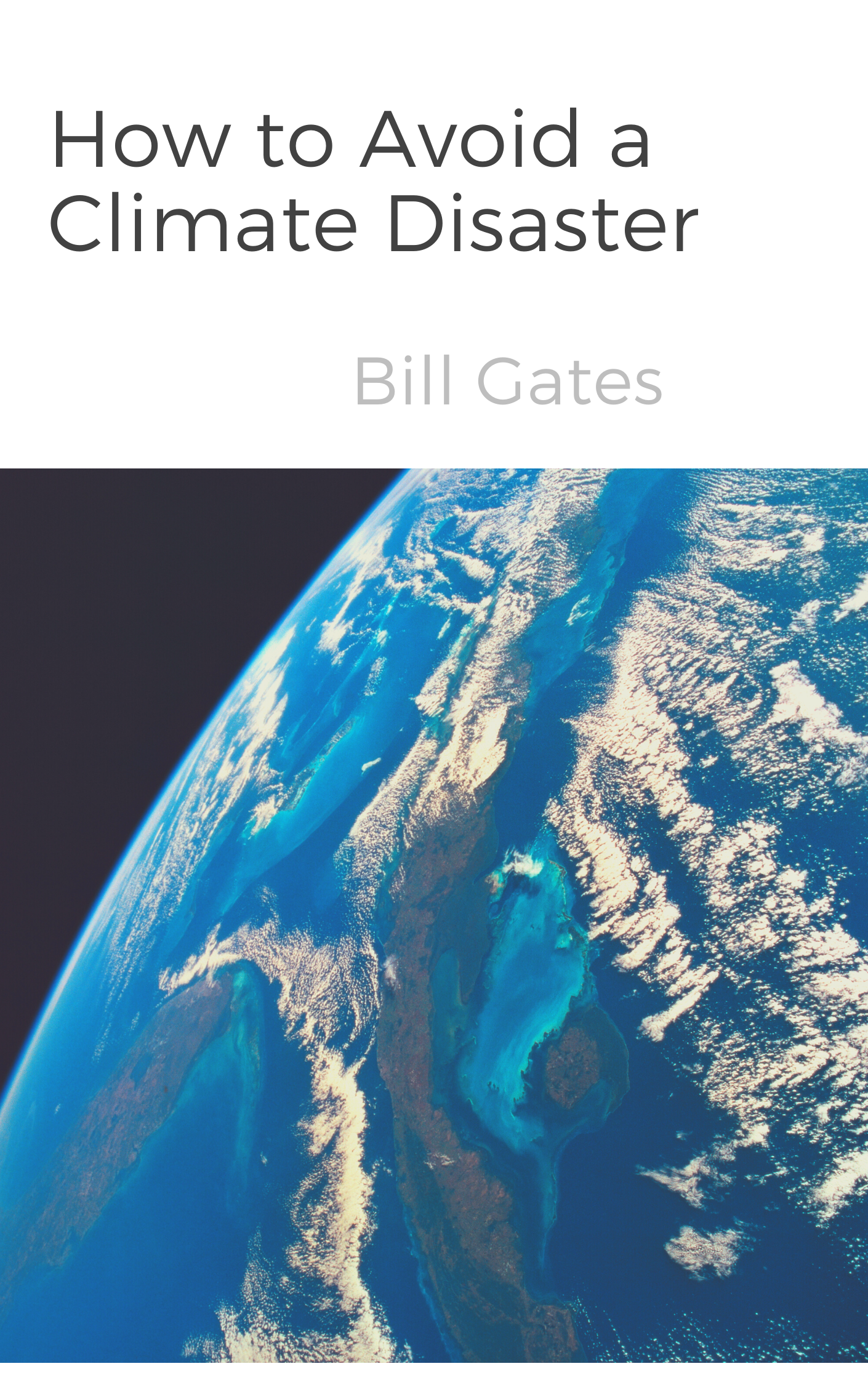Congratulations! You've unlocked a 50% discount.
Thanks for visiting sumizeit.com. As a new user, you can use coupon code WELCOME for a 50% discount off a premium subscription.

TIME TO CLAIM

New Feature! Download infographics with key insights from bestselling non-fiction books.
Book Summary
With icebergs melting in the Arctic waters and 51 billion tons of greenhouse gases filtering into the atmosphere each year, our world is on the brink of widespread, irreversible disaster.
As the planet evolves and becomes increasingly industrialized, cities across the globe are improving their infrastructures and bolstering their economies. However, this modernization comes at a price--the climate.
When the climate suffers, we all suffer. Storms and wildfires start to worsen, water levels rise dangerously, and various species of plants and animals start to go extinct.
In order to take back our world and the many resources it provides, humans must reach a lofty, but not unobtainable goal: zero greenhouse gas emissions.
So, how do we get there?
How to Avoid a Climate Disaster by Bill Gates provides a comprehensive look at the current reality of our situation, while offering practical alternatives--on both an individual and government level--to the production of harmful chemicals that have become so embedded in our daily lives. Construction, food production, transportation, and heating and cooling are areas of focus in the text.
Approximately one third of the world’s 51 billion tons of greenhouse gases comes from how we make things. As countries become more and more prosperous, this number will continue to climb. However, if the pandemic has shown us nothing else, it has provided a sliver of hope: we are capable of producing less greenhouse emissions. COVID-19 has actually led to a short-term reduction in this realm.
By implementing changes (and in some cases, making sacrifices), we can still turn back from the precarious brink. We have until 2050 and the clock is ticking.
Gas. Steel. Concrete.
The United States produces 96 million tons of cement annually and each of these materials are produced in exponential quantities across the globe. While it can be hard to imagine life without these resources, their existence, en masse, is highly problematic.
When buildings are constructed, massive amounts of steel and concrete are often required. In order for these materials to be used effectively, significant quantities of carbon and heat are needed.
The issue?
This carbon and heat is typically generated from burning fossil fuels.
After all, heating fossil fuels is a cheap and efficient way to make steel. The problem is that one ton of steel then generates 1.8 tons of carbon dioxide, which is toxic to the environment.
But it’s not just gas, steel, and concrete; other materials create sustainability challenges as well.
Plastic and limestone, commonly used for producing cars and roads, both receive carbon from fossil fuels as well.
The question becomes, what alternatives to standard construction materials exist?
By implementing carbon capture technology, our world could capture and use carbon emissions from a power plant rather than relying upon fossil fuels for the creation of building materials. The downside is that carbon capture technology is expensive and underfunded.
One of the key contributors to greenhouse gas emissions within the food industry is synthetic fertilizer. Fertilizer contains nitrogen, which is not fully absorbed by plants, allowing it to escape into the air and cause pollution....
Users get access to two FREE summaries. Become a pro user for unlimited access.
Login Congrats! You've unlocked a 50% discount. Use coupon code WELCOME for 50% off Sumizeit Premium.
Congrats! You've unlocked a 50% discount. Use coupon code WELCOME for 50% off Sumizeit Premium.Save time with unlimited access to text, audio, and video summaries of the world's best-selling books.
Become a pro user

Try Sumizeit to get the key ideas from thousands of bestselling nonfiction titles. Listen, read, or watch in just 15 minutes.

Highest quality content
Our book summaries are crafted to be unbiased, concise, and comprehensive, giving you the most valuable insights in the shortest amount of time.

New content added constantly
We add new content each week, including New York Times bestsellers.

Learn on the go
Learn anytime, anywhere - read, listen or watch summaries on IOS, tablet, laptop, and Kindle!

Cancel anytime
Changed your mind? No problem. Cancel your subscription anytime.

Collect Achievements
Learning just got more rewarding - track your progress and earn prizes using our mobile app.

And much more!
Improve your retention with quizzes. Enjoy PDF summaries, infographics, offline access with our app and more.
Join thousands of readers who learn faster than they ever thought possible.




Olga Z.
I love this app! As a busy executive, I don't have time to read entire books, but I still want to stay informed. This app provides me with concise summaries of the latest bestsellers, so I can stay up-to-date on the latest trends and ideas without sacrificing my precious time.
Chen L.
Very good development in last months. Content updates on a regular basis and UI is getting better and better.
Erica A.
Great product. Have used them for a long time. One of my favorite things about them is that they are able to summarize a whole book into just 10 minutes.
William H.
This app has been a lifesaver for my studies. Instead of struggling to finish textbooks, I can quickly get the key points from each chapter. It's helped me improve my grades and understand the material much better.